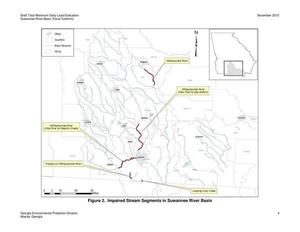National news notes Florida doesn’t want DOAH to listen to EPA about Sabal Trail, after WWALS asked DOAH to do so.
 Bruce Ritchie,
POLITICO Florida, 25 November 2015,
Scott administration helped keep scathing EPA pipeline report out of legal challenge,
Bruce Ritchie,
POLITICO Florida, 25 November 2015,
Scott administration helped keep scathing EPA pipeline report out of legal challenge,
TALLAHASSEE — Gov. Rick Scott’s top environmental agency helped block a scathing federal report outlining environmental concerns from being submitted as part of a challenge to a controversial natural gas pipeline that would run across some of Florida’s most “environmentally sensitive areas.”
The Sabal Trail pipeline, a joint venture of Spectra Energy, Duke Energy and Florida Power & Light Co.’s parent company, would extend 515 miles from central Alabama to Osceola County. The project, which covers more than 260 miles in Florida, faces a legal challenge to a state permit in Florida from an environmental group named the WWALS Watershed Coalition.
On Oct. 26, the U.S. Environmental Protection Agency wrote to the Federal Energy Regulatory Commission, saying it had “very significant concerns” about Continue reading








